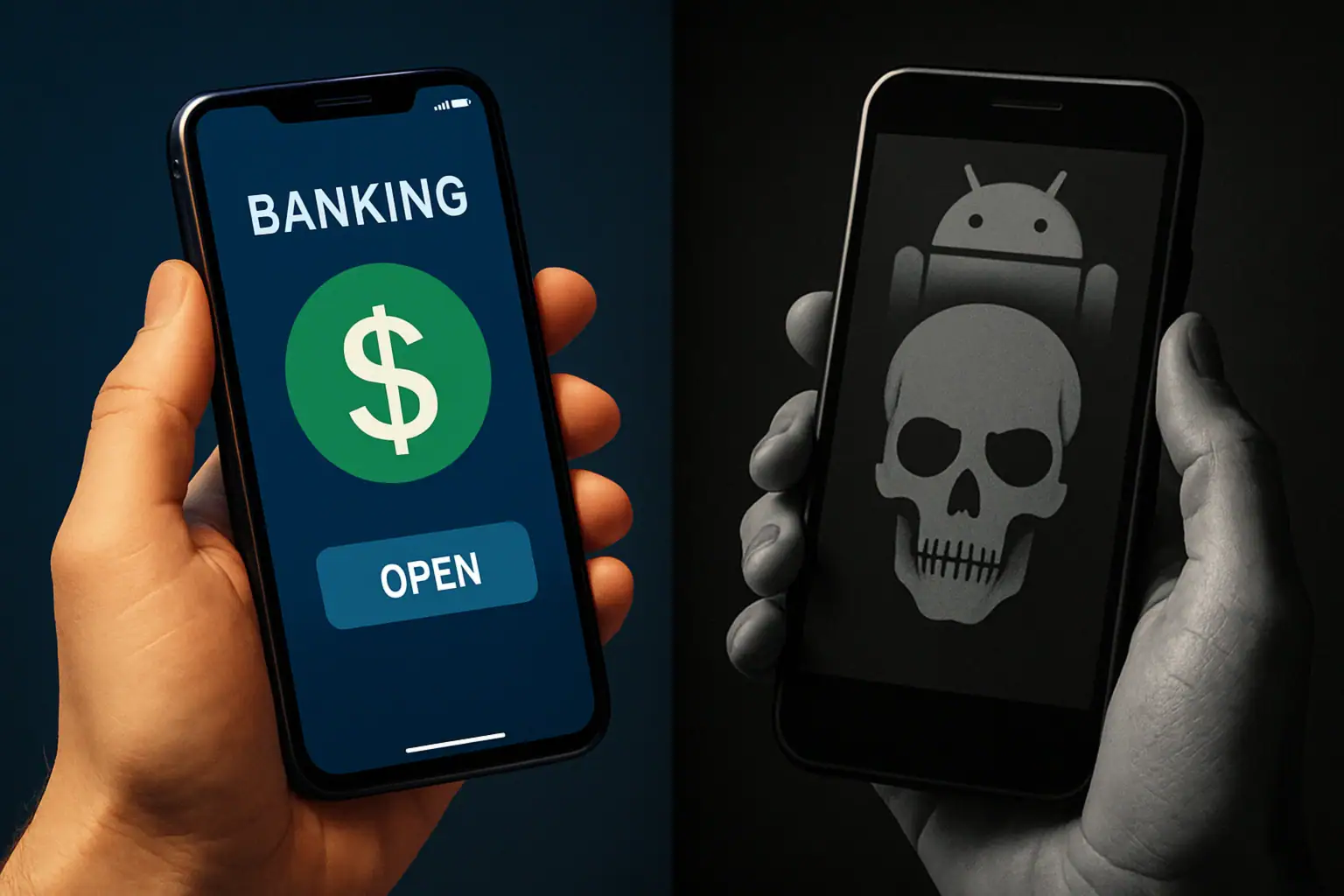Cybersecurity researchers at Solar 4RAYS have uncovered a sophisticated malware strain called Webrat, which emerged in early 2025 as a significant threat to digital security. This new Malware-as-a-Service (MaaS) operation specifically targets gamers and messaging platform users, employing advanced social engineering techniques and multiple attack vectors to compromise systems and steal sensitive data.
Distribution Methods and Social Engineering Tactics
The malware operators demonstrate sophisticated social engineering capabilities, primarily distributing Webrat through deceptive gaming-related content. The primary attack vectors include fake game cheats for popular titles such as Rust, Counter Strike, and Roblox, as well as fraudulent “patches” for restricted applications like Discord. Distribution channels encompass YouTube tutorials and GitHub repositories, where the malware masquerades as legitimate gaming utilities.
Advanced Surveillance and Data Exfiltration Capabilities
Webrat exhibits comprehensive surveillance functionality that extends beyond traditional malware capabilities. The threat actor’s toolkit includes credential theft mechanisms targeting Steam, Discord, and Telegram platforms, alongside sophisticated monitoring features such as real-time desktop streaming, unauthorized webcam access, and audio recording. Of particular concern is its ability to capture cryptocurrency wallet information, potentially leading to significant financial losses for victims.
Technical Analysis and Persistence Mechanisms
Upon infection, Webrat employs advanced persistence techniques to maintain its presence on compromised systems. The malware establishes multiple installation points within random system directories and manipulates Windows Registry entries and Task Scheduler to ensure survival across system reboots. A notable technical feature is its implementation of the custom ‘salat’ library for screen capture operations, demonstrating the sophistication of its development.
Impact Assessment and Security Implications
The threat posed by Webrat extends beyond immediate data theft. The malware serves as a potential gateway for deploying additional malicious payloads, including ransomware and cryptominers. The compromised data can be leveraged for various malicious purposes, from identity theft to swatting attacks. The centralized command and control infrastructure, managed through a sophisticated web panel, enables operators to maintain persistent control over infected systems.
To mitigate the risks associated with Webrat infections, organizations and individuals should implement robust security measures, including advanced endpoint protection solutions, regular security awareness training, and strict software installation policies. Critical security practices include maintaining updated security software, implementing multi-factor authentication, and exercising extreme caution when downloading gaming modifications or software patches from unverified sources. The evolving nature of this threat necessitates continuous monitoring and proactive security measures to protect against potential compromises.






